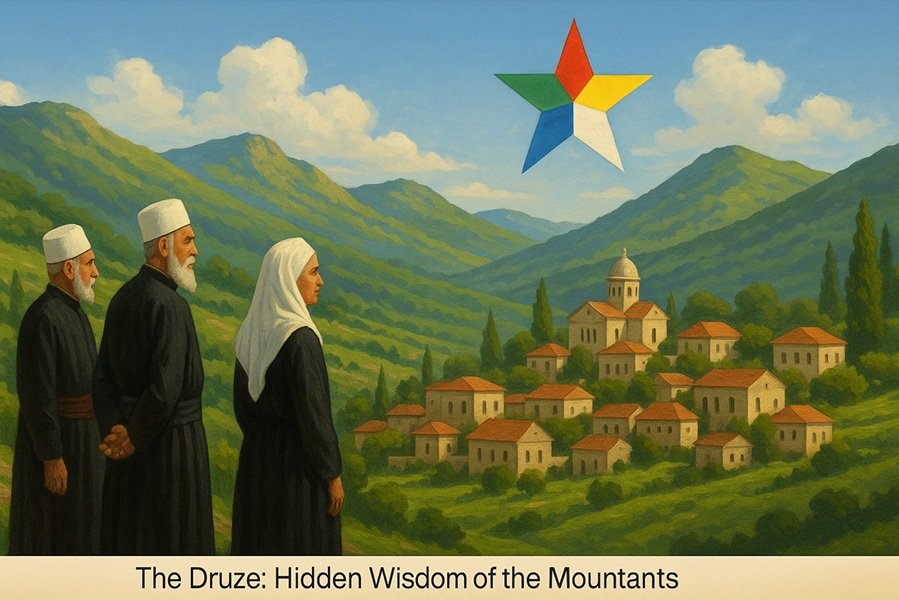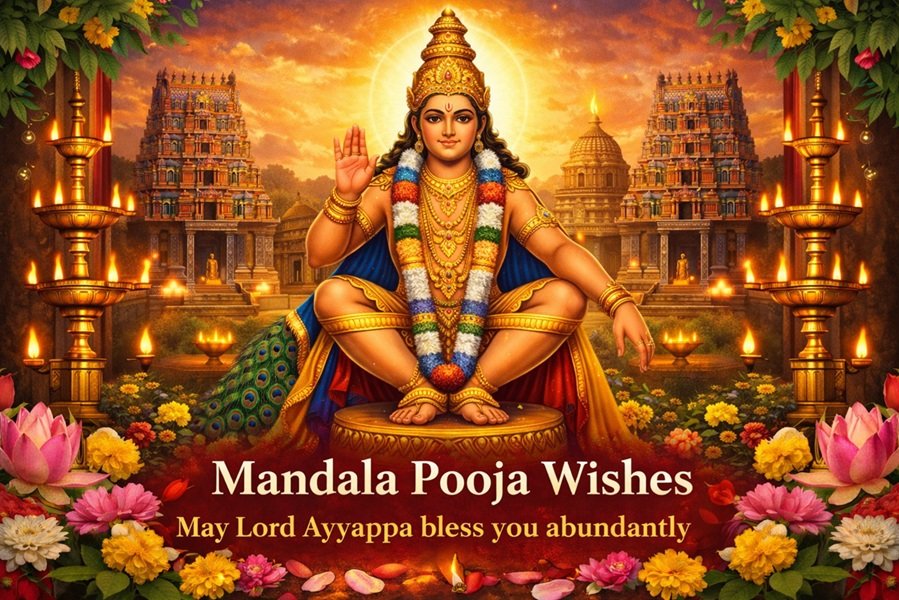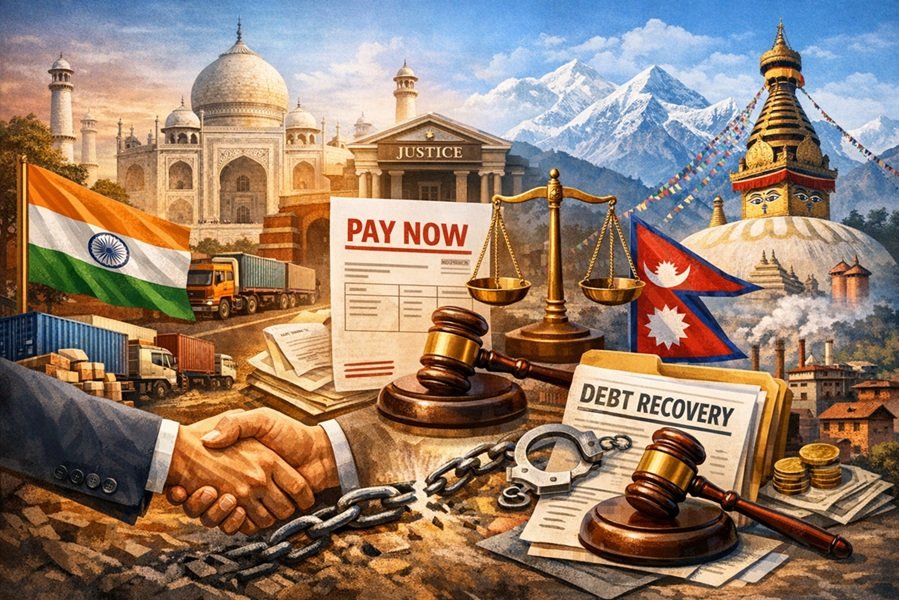
Introduction: Who Are the Druze?
The Druze (Arabic: الدروز, al-Durūz) are a distinct ethnoreligious and philosophical community primarily found in the Levant region of the Middle East. With roots tracing back to the early 11th century, the Druze have long been shrouded in mystery due to their secretive religious doctrines, close-knit social structures, and esoteric practices. Today, they are recognized as a unique minority in Lebanon, Syria, Israel, and Jordan, playing vital roles in the political, social, and military landscapes of these countries.
Origins and Historical Development
The Birth of the Druze Faith (11th Century)
The Druze faith emerged in Fatimid Egypt around 1017 CE, under the reign of the sixth Fatimid Caliph, al-Hakim bi-Amr Allah. Influenced by Ismaili Shia Islam, Neoplatonism, and Greek philosophy, the Druze believed that al-Hakim was a divine manifestation, which marked a fundamental theological departure from mainstream Islam.
The early Druze movement was spearheaded by:
- Hamza ibn Ali – Considered the chief theologian and founder of the Druze faith.
- Al-Muqtana Baha’uddin – Consolidated the faith after al-Hakim’s mysterious disappearance.
- Darazi – A preacher whose extremist views led to his excommunication. The name “Druze” is mistakenly derived from him.
Due to religious persecution, the Druze went underground and migrated to remote mountainous regions in Lebanon, Syria, and Palestine.
Religious Beliefs and Practices
Core Doctrines
Druze theology is monotheistic and emphasizes:
- The unity of God (Tawhid)
- Reincarnation and the transmigration of the soul
- A belief in seven prophets, including figures such as Jethro (Shuʿayb), Moses, Jesus, Muhammad, and Plato
- Esoteric knowledge accessible only to the initiated elite
The Role of Secrecy
Druze teachings are not open to the public. Only the uqqāl (the “wise” or “initiated”) have access to the Rasa’il al-Hikma (Epistles of Wisdom), the core religious texts.
The majority of Druze, known as juhhāl (“the ignorant” or laypersons), rely on the uqqāl for religious guidance but do not engage directly with sacred texts.
Places of Worship
- The Druze do not use mosques.
- Instead, they pray and gather in modest buildings called khalwats.
- The community also reveres prophet Shuʿayb, whose tomb near Tiberias (Israel) is a major pilgrimage site.
Social Structure and Community Life
Taqiya: A Tool for Survival
One of the most significant practices in Druze life is taqiya—the dissimulation of one’s faith when under threat. This has helped the community survive persecution by blending with larger Muslim or Christian populations when necessary.
Marriage and Family
- Endogamy is strictly observed—Druze are not permitted to marry outside the faith.
- Interfaith marriages are rejected, and those who leave the religion cannot return.
- The community is patriarchal but gives high respect to religiously educated elders, including women among the uqqāl.
Dress and Identity
- The uqqāl wear traditional black garments and white caps (men) or veils (women).
- The Druze star, a five-pointed symbol, represents five cosmic principles.
Geographical Distribution
1. Lebanon
- Home to the largest Druze population.
- Concentrated in the Chouf Mountains, Mount Lebanon, and Hasbaya.
- Politically powerful, with historical leaders like Emir Fakhr al-Din and modern figures like Walid Jumblatt.
2. Syria
- Mainly found in Jabal al-Druze (Jabal al-Arab), now Suwayda Governorate.
- Known for resisting Ottoman and French rule.
- Maintained a semi-autonomous status historically.
3. Israel
- Recognized as a separate ethnic and religious group.
- Druze men serve in the Israel Defense Forces (IDF), unlike most other Arab citizens.
- Reside in Galilee, Carmel, and Golan Heights.
4. Jordan
- A smaller Druze population exists, mainly in the south.
- Integrated into Jordanian society but maintain community traditions.
Political Influence and Modern Roles
Lebanon
- The Druze are one of Lebanon’s 18 recognized sects.
- Represented by the Progressive Socialist Party.
- Played a crucial role in the Lebanese Civil War (1975–1990).
Israel
- Druze are seen as loyal citizens.
- Prominent in public service, military, judiciary, and politics.
- Act as a bridge between Arabs and Jews, but also face identity challenges.
Syria
- Maintained relative neutrality in the Syrian Civil War.
- Some Druze groups supported the Assad regime, while others sought autonomy.
Druze in the Global Diaspora
- Thousands of Druze have migrated to the United States (especially California), Venezuela, Australia, and Canada.
- Diaspora communities are active in preserving language, customs, and religious identity.
Read this: Uighur: The Largest Ethnic Minority in Xinjiang, China
Challenges in the 21st Century
- Religious persecution in war zones (especially in Syria).
- Identity crisis among youth in Israel and diaspora communities.
- Geopolitical pressure in Lebanon’s sectarian system.
- Tensions between tradition and modernity in matters of marriage, education, and gender roles.
Conclusion: A Community Rooted in Secrecy and Resilience
The Druze community remains one of the most enigmatic religious groups in the world. Their blend of esoteric philosophy, tight-knit social ethics, and adaptability has allowed them to thrive for over a millennium. While modern challenges abound—from regional instability to cultural assimilation—the Druze continue to hold onto their ancient traditions, acting as a unique bridge between East and West, faith and philosophy, past and present.







